Table of contents
The horn mouthpiece
Horn mouthpieces have a high status in our workshop and are closely associated with personalities of the Viennese music scene.
Professor Robert Freund was connected with Karl Breslmair sen. by a great friendship. The meticulous cataloguing of outstanding mouthpieces from Viennese master workshops benefited Karl Breslmair sen. who turned them into standardised models. Another companion was Professor Josef Veleba († 1997) who was instrumental in the development of mouthpieces for the Viennese horn. Professor Roland Berger was Karl Breslmair's mentor, who exploited the potential of our workshop in order to find efficient mouthpieces for the Viennese horn for himself, but especially for his students.
At the beginning of the 1990s, the general representative of the Yamano company, Mr. Tatehiko Sakaino, was interested in our mouthpieces in order to be able to offer them in Japan. Sakaino, himself an orchestral musician, had studied with Professor Erich Penzl in Germany and had precise ideas about mouthpieces that he could realise with us. In the 1990s, Professor Hansjörg Angerer (Tyrol) was also involved in the further development of our mouthpieces and it was thanks to him that our models became widespread in South Tyrol and Bavaria. We would also like to express special thanks to Professor Gergely Sugar (Vienna Symphony Orchestra ) and Peter Keserü (Radio Symphony Orchestra of the ORF Vienna), who both have an innovative influence on Karl Breslmair and transport many suggestions, as well as being associated in friendship with Karl Breslmair and the team.
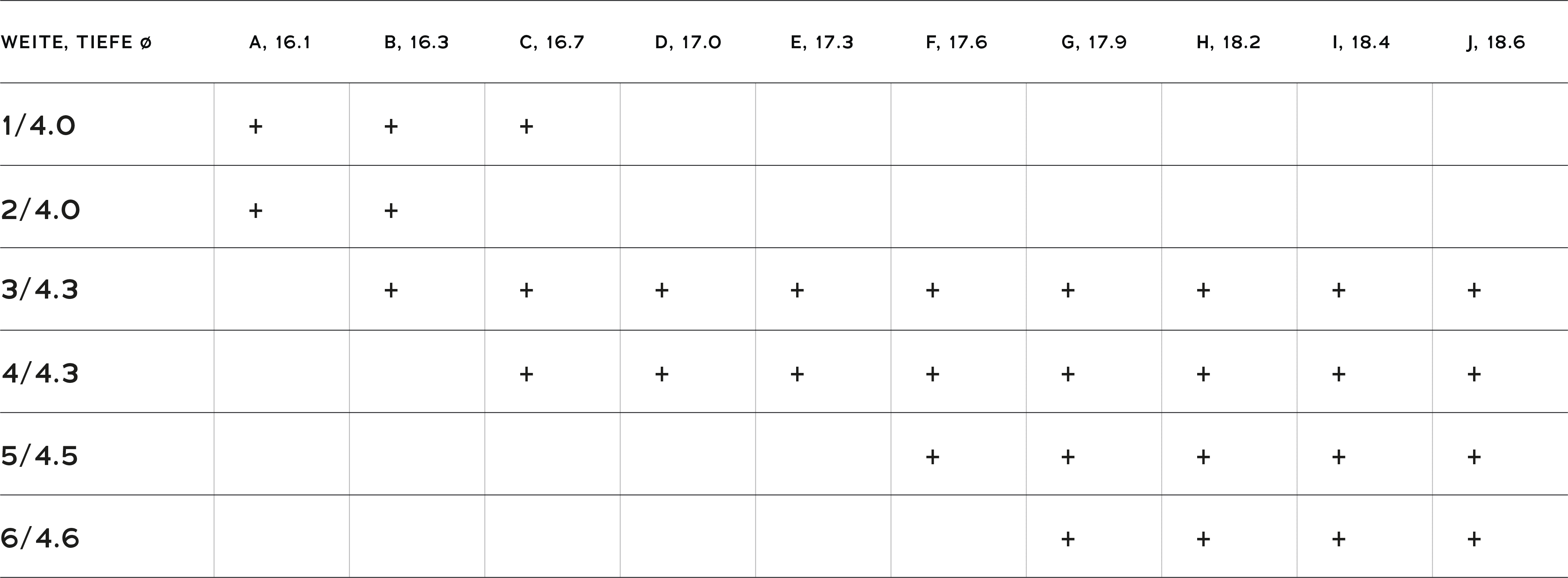
The rim
Our horn mouthpieces are marked with a designation indicating the rim shape, the width of the cup (at 1.3 mm) and the depth according to the table (1 corresponds to shallow, 6 is very deep).
Rim shape
1: round, narrow contour
2: wide, flat contour
3: wide, round contour
For example:
2D3 corresponds to: rim shape 2, width D (17.0 mm), depth 3 (medium deep, hole diameter 4.3 mm).
The shank
Below this model designation you will find the indication of the shank bore. All horn mouthpieces are offered with two different shank bores.
"S" conical, German bore (according to T. Sakaino, standard).
"B" corresponds to Viennese bore (special request)
The cup
The widths A, B and C are rather designed for high horn. The narrow cup width supports playing in the high register. The necessary lip tension is more likely to be achieved with this bore, and premature fatigue due to straining and inevitable pressing is avoided. The widths C, D and E are the usual widths, the lip finds enough space to generate a beautiful tone. The cup depths 3 and 4 offer both the professional and the recreational musician first-class sound quality. With the focus on sound culture, large widths are now demanded again. Models of the G, H, I and J series, in combination with the available rims, combine a pleasant fit with a stylish sound.
Mouthpieces for the Viennese horn
While our standard mouthpieces are intended more for the double horn, special, V-shaped, funnel mouthpieces with a larger bore are used for the Viennese horn. Particularly noteworthy are the B1 and V3 models. Both mouthpieces have the same rim; a sharp outer contour for precise, typical insertion into the lower lip. The B1 model makes do with a 4.5 mm bore, V3 is fitted with 4.7 mm and also receives the much larger shank bore. The sound result is striking with both models. Many horn players also use the cup shape of the Berger model (B1) in conjunction with a standard rim (1, 2 or 3) on the double or triple horn.
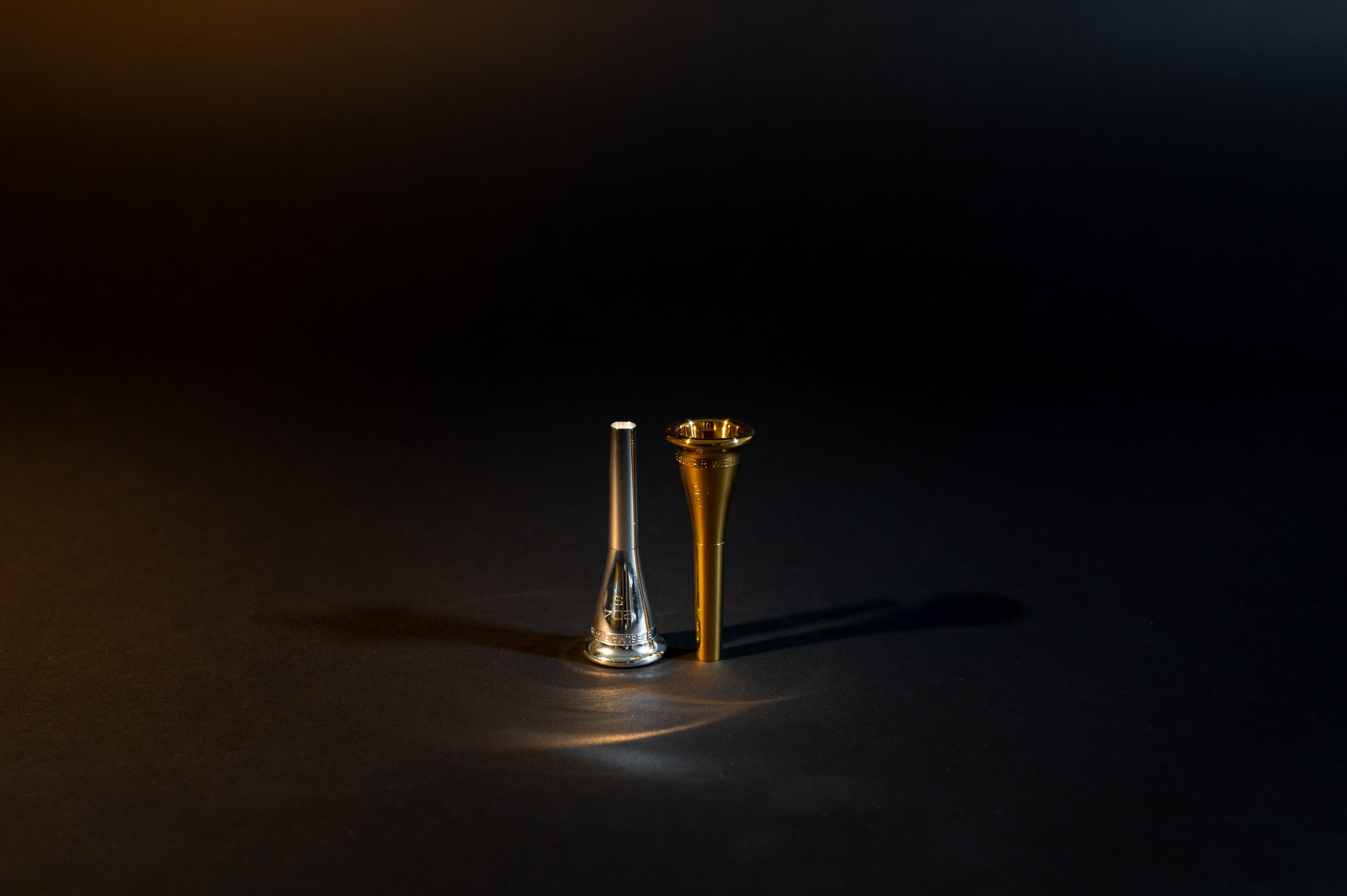




 No products in the shopping cart.
No products in the shopping cart.